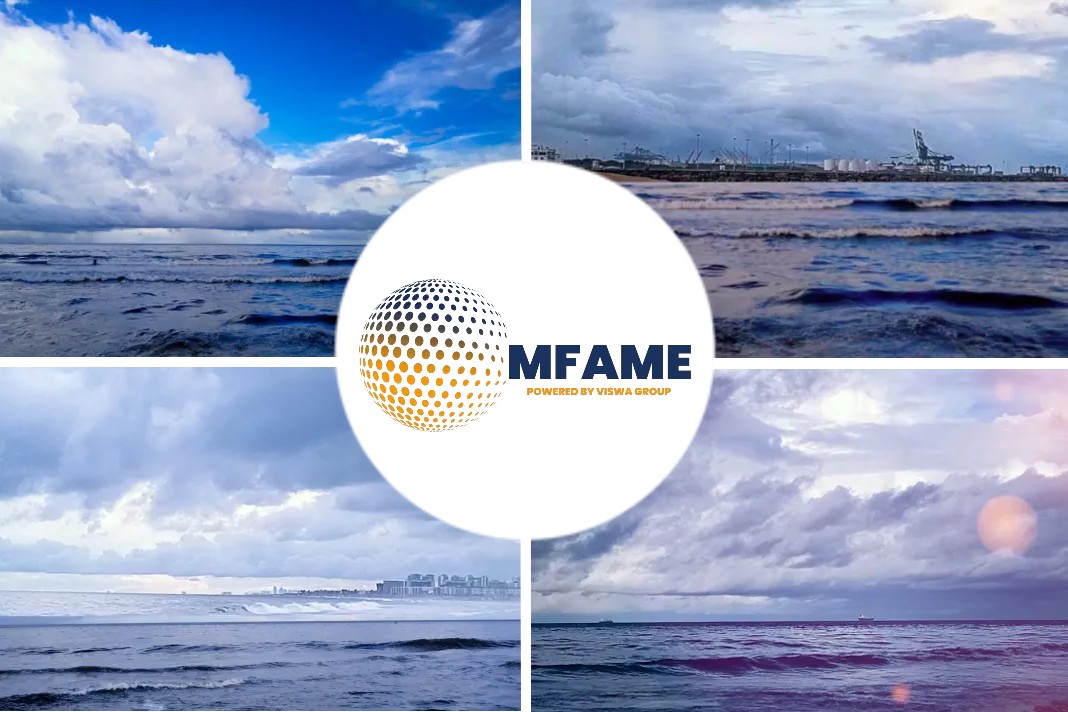 Often, we all wonder if the Unsinkable Ship ‘The Titanic’ could have been saved from the iceberg. Well, the answer lies with technology; if the world was capable enough to identify the turmoils and barriers in the deep sea, so many accidents, not only Titanic, wouldn’t have happened.
Often, we all wonder if the Unsinkable Ship ‘The Titanic’ could have been saved from the iceberg. Well, the answer lies with technology; if the world was capable enough to identify the turmoils and barriers in the deep sea, so many accidents, not only Titanic, wouldn’t have happened.
But one such factor, which requires much attention, is the ice and small glaciers. Often captains and marine experts have mentioned different kinds of ice that pose a significant threat to the ships, says an article published on fossbytes website.
What does the latest research say?
Ice has different patterns in terms of size, and it sometimes becomes challenging to recognize its size and location as it may be under the deep sea in most cases. Another important thing is that AI implementation is still developing in the Arctic Region (Large Quantity of Ice found) and needs instant deployment.
The need for such technologies also rose because of the rapid transition in the climate that tends to alter sea ice with the change in temperature of the ocean. Unfortunately, with such updated satellite technology, it becomes tough to identify the threat and take the necessary steps.
As a result, Ekaterina Kim, Associate professor, Dept. of Marine Technology, Norwegian University, and her colleagues Ole-Magnus Pedersen, a Ph.D. candidate, and Nabil Panchi from IIT Kharagpur have decided to develop an application that uses Artificial Intelligence to detect sea ice in the Arctic.
How does the AI-based App “Ask Knut” help?
Ask Knut, an AI-based app and a project lead by Ekaterina Kim, is a blend of machine learning and artificial intelligence developed using a wide range of photos of ice formations, sea ice, and icebergs. It can analyze the image and tell all its details that would help the present situation.
To build recognition, the research team developed the algorithm with photos. The teaching to the system includes factors like the ice formation, making the machine capable of analyzing the differences. Another critical factor to consider from a research perspective is monitoring glaciers and icebergs. Constant monitoring helps analyze melting and freshwater quality.
The researchers also expect to distinguish the kinds of ice, white and blue objects, underwater ice, etc., through the mobile application. Considering the navigation point of view, ice can be tough to spot, especially from the ship level. It also becomes challenging to identify and differentiate between the strong ice, multiyear ice, etc. The team is also very keen on the addition of new data and analysis to the AI system. It also needs exposure to a lot of information for better understanding.
Artificial intelligence is like something which performs better with inheriting a consistent amount of data at regular intervals. As a result, it enables computers to detect patterns and solve problems.
Summary
- Ice has different patterns in terms of size, and it sometimes becomes challenging to recognize its size and location as it may be under the deep sea in most cases.
- AI implementation is still developing in the Arctic Region (Large Quantity of Ice found) and needs instant deployment.
- Ask Knut, an AI-based app and a project lead by Ekaterina Kim, is a blend of machine learning and artificial intelligence developed using a wide range of photos of ice formations, sea ice, and icebergs.
- Artificial intelligence is like something which performs better with inheriting a consistent amount of data at regular intervals.
Did you subscribe to our daily newsletter?
It’s Free! Click here to Subscribe!
Source: fossbytes.com
















